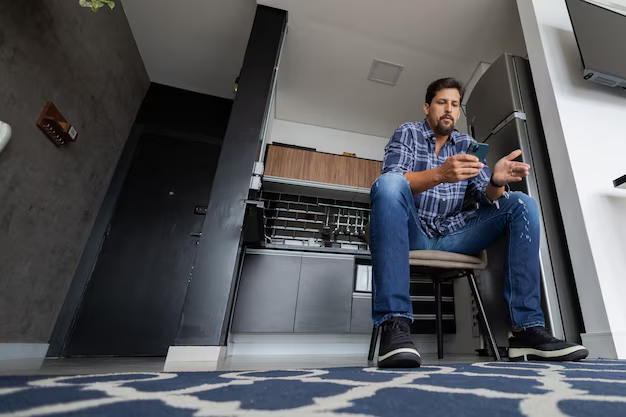Discover What Appliances Use Gas in Your Apartment and Save on Costs
Ever wondered what's quietly consuming gas in your apartment while you're blissfully unaware? Understanding which appliances use gas can help you manage expenses, optimize energy use, and even qualify for financial assistance programs aimed at reducing your bills.
Common Gas Appliances in Apartments
When it comes to gas usage, several key appliances typically stand out in an apartment setting:
Heating Systems
During colder months, gas heaters and furnaces are lifesavers, providing warmth and comfort. Gas-powered varieties are often favored for their cost-effectiveness and efficiency in heating up spaces faster than electric models.
Water Heaters
Almost ubiquitous in apartments, gas water heaters deliver hot water on demand. They're known for heating water more quickly than electric versions, potentially lowering energy bills with smart usage.
Kitchen Appliances
- Gas Stoves and Ovens: Classic household staples, they're preferred by many for cooking due to their precise temperature control and instant heat.
- Gas Clothes Dryers: While less common than electric models, they dry clothes faster and can be more energy-efficient.
How to Save Money on Your Gas Bill?
Understanding which appliances use gas is just the start. Here’s how you can trim your bills:
- Regular Maintenance: Ensures your appliances operate efficiently, lowering undue energy consumption.
- Smart Thermostats: Invest in a smart thermostat to better control your heating and potentially cut costs.
- Energy-Efficient Appliances: Consider upgrading to the latest models which are designed to use less energy.
High utility bills can be burdensome, but there are financial resources and programs available to help manage these costs.
Explore Financial Assistance Options
Beyond adjusting appliance usage, financial aid is available for those feeling the pinch from bills. From government programs to educational support, resources abound:
🌟 Financial Assistance Programs:
- LIHEAP (Low Income Home Energy Assistance Program): Offers financial aid to eligible low-income households to help with their heating and cooling energy costs.
- Weatherization Assistance Program (WAP): Helps low-income families reduce energy costs by increasing the energy efficiency of their homes.
💳 Credit and Debt Relief:
- Credit Counseling Services: These organizations can help you create a budget or assist you in managing your finances more effectively.
- Debt Management Programs: Assist in consolidating your debt, which can make monthly payments more manageable.
🎓 Educational Grants and Resources:
- Pell Grants: Whether you’re going back to school to improve your job prospects, these can alleviate the financial burden of tuition.
- State-specific Educational Assistance: Many states provide additional funding; check with your local community college for what’s available.
Optimizing gas use and exploring these resources can significantly lessen the financial strain, making living more manageable and less stressful. As you become more energy-conscious at home, the ripple effects will extend to both your wallet and the environment. Ultimately, taking proactive steps not only eases today's energy bill worries but also fosters a more sustainable way of living.
